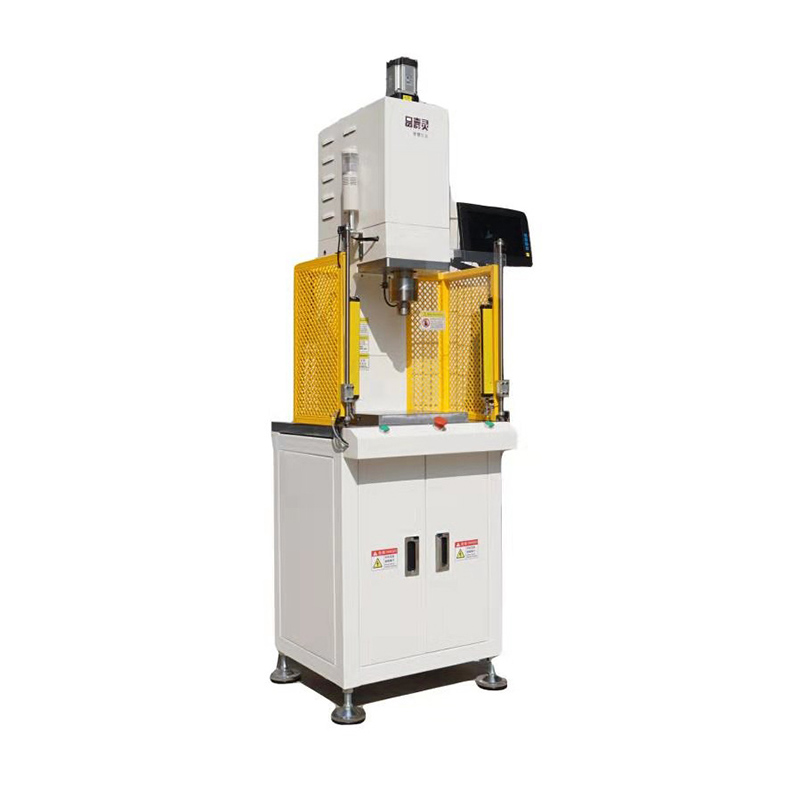The factory mainly produces two series of small-displacement engines of various models, in which the cylinder block water channel plug and cover press-fit and the cylinder head valve seat valve guide are all used in servo presses.
Servo press is mainly composed of ball screw, slider, pressing shaft, casing, force sensor, tooth-shaped synchronous transmission equipment (except fine series), servo motor (brushless DC motor).
The servo motor is the driving device of the entire servo press. The analytical encoder of the motor can generate digital signals with a resolution of up to 0.1 microns, high precision, and fast measurement speed, which is suitable for large axial speeds.
The strain-type force sensor is the measurement of resistance through static elastic deformation, which has the advantages of good stability, low cost, wide application range and simple operation.
The ball screw and toothed synchronous transmission equipment all complete the transmission from the servo motor to the pressing shaft, which are characterized by stable structure, high precision and low failure rate.
Servo press control execution process: The motion process control is programmed by the PROMESSUFM software, transmitted to the numerical control application module, and then driven by the servo driver to drive the motion of the servo motor, and the motion control of the output end is completed by the transmission equipment. After the finale is pressed out, the pressure sensor responds to the analog signal through the deformation variable, and after amplification and analog-to-digital conversion, it becomes a digital signal and outputs it to the PLC to complete the pressure monitoring.
2 Process requirements for valve seat press-fitting
The press-fitting of the valve seat ring has relatively high quality requirements, and the corresponding press-fitting force requirements are very high. If the press-fitting force is too small, the seat ring will not be press-fitted to the bottom of the seat ring hole, resulting in a gap between the seat ring and the seat ring hole, which will cause the seat ring to fall during the long-term operation of the engine. If the press-fitting force is too large, the valve will be Cracks on the edge of the seat ring or even cracks in the cylinder head will inevitably lead to a significant reduction in engine life.
Post time: May-31-2022

